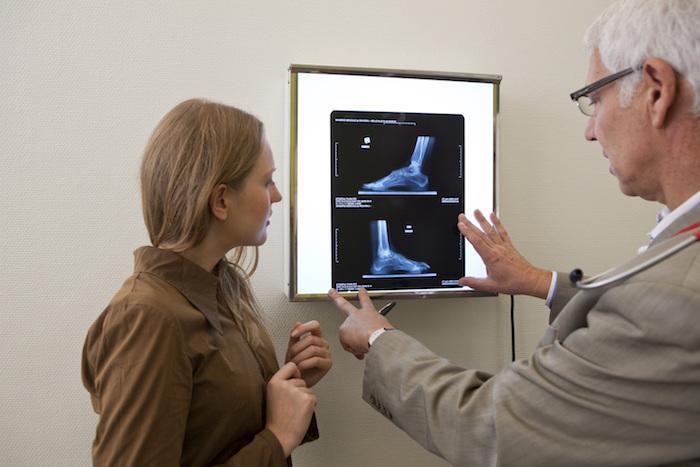When ankle pain from an injury or chronic condition, such as arthritis, sticks around despite conservative treatment, ankle surgery may be the best option. Mountain View Foot & Ankle Institute provides the latest in arthroscopic ankle surgery to people of all ages.
David B. Glover, DPM, FACFAS, and our team are here to guide you through ankle surgery, from diagnosis to recovery. In this blog, we discuss five important things you should know about recovering from ankle surgery.
1. Recovery guidelines
We’ll likely recommend that you rest and elevate your ankle for about two weeks following surgery and then gradually reintroduce activity.
You’ll have regular follow-up appointments scheduled, and it will be important for you to attend each one. As your ankle heals, we’ll give you a different cast or walking boot when you start weight-bearing activities.
If you have questions about recovery, don’t be afraid to ask. Extreme ankle pain, chest pain, or fever during recovery are signs you should seek immediate medical care.
2. Assistive devices
Dr. Glover may recommend that you use an assistive device to help you get around during your recovery. Assistive devices include canes, walkers, crutches, and wheelchairs. Talk to our team to find out what assistive devices may be best for you.
It will be important for you to not overdo it or push yourself too hard in the weeks following your surgery. It will also be important for you to follow our recommendations for exercise and activity.
3. Physical therapy
Expect to have physical therapy sessions scheduled throughout your recovery. Most people participate in several physical therapy sessions per week for about 4-6 weeks following ankle surgery. Dr. Glover will develop a personalized plan for your recovery.
Regularly attending your physical therapy sessions will be essential for recovery. Structured exercises will strengthen your ankle and restore mobility and flexibility to the joint. With physical therapy, you’ll be able to achieve a full recovery faster and reduce your risk of suffering another injury in the future.
4. Recovery time
Healing from ankle surgery can be a lengthy process, and the time it takes to make a full recovery can vary from person to person. You may not be able to bear weight on your ankle for the first few weeks, and weight-bearing activities will be introduced slowly.
As early as four weeks after surgery, you may be able to gradually return to exercise. It’s not uncommon for full recovery to take 12 weeks or longer, but Dr. Glover and our team will help you every step of the way.
5. Advantage of arthroscopic surgery
Arthroscopic ankle surgery at Mountain View Foot & Ankle Institute offers many benefits over traditional open surgery. First of all, the incisions used in arthroscopic surgery are much smaller than those used in traditional surgery. Because of this, not as much tissue will be cut and the wounds should heal quicker.
Secondly, miniatures cameras are used with arthroscopic surgery, giving Dr. Glover a high-definition view of the surgery site for precise surgical work. The advanced technology and techniques Dr. Glover uses will give you the best chance for a successful surgery and reduced recovery time.
If you think you may need ankle surgery, we can help. To learn more, book an appointment online or over the phone with Mountain View Foot & Ankle Institute today.

